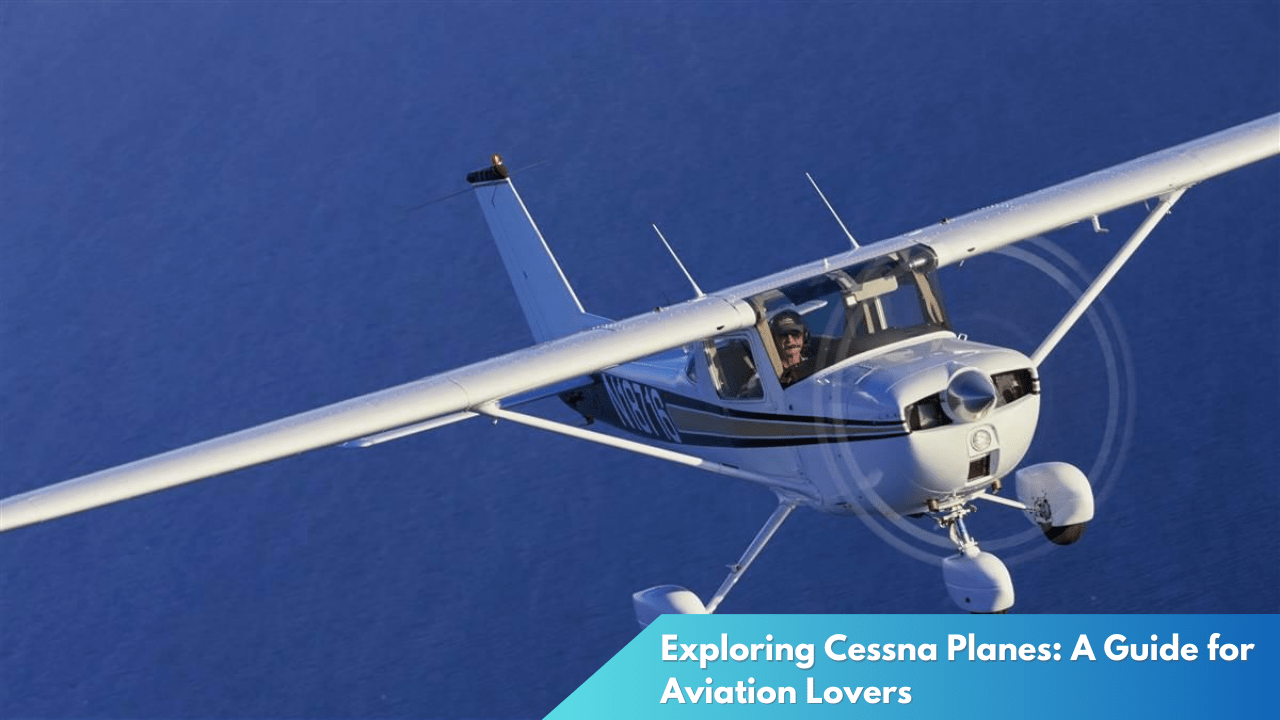Tracing the Evolution and Innovation of LSA Aircraft
The realm of Light Sport Aircraft (LSA) has witnessed a fascinating evolution over the years, marked by significant technological advancements and shifts in aviation regulations. As a category that bridges the gap between ultralight and general aviation aircraft, LSAs have become a popular choice for aviation enthusiasts seeking an accessible and cost-effective flying experience. This article delves into the historical progression of LSAs and highlights the innovative breakthroughs that have shaped the modern landscape of light sport aviation.
Charting the Journey of LSA Aircraft Evolution

The origins of Light Sport Aircraft can be traced back to the early 2000s when a new category of aircraft was formally introduced by the Federal Aviation Administration (FAA) in the United States. The establishment of the LSA category was a response to the growing demand for simpler, more affordable flying options that still offered a level of performance suitable for recreational pilots. Initially, LSAs were designed to be lightweight, with a maximum takeoff weight of 1,320 pounds, and capable of speeds up to 120 knots. This new classification provided an entry point for many aspiring pilots who were previously deterred by the complexity and cost of traditional aircraft.
The early years of LSA development saw a diversity of designs, ranging from sleek, modern composites to classic tube-and-fabric constructions, echoing the rich history of aviation design. Manufacturers from around the globe joined the LSA market, bringing fresh ideas and competition, which spurred rapid advancements in design and technology. This period was marked by experimentation as companies sought to balance performance, ease of use, and regulatory compliance, meeting the varied demands of a burgeoning new sector in aviation.
As the popularity of LSAs grew, so too did the regulatory framework surrounding them. Regulatory bodies, like the FAA, continued to refine the rules governing LSAs, ensuring safety while encouraging innovation. This evolution in regulation reflected the dynamic nature of the LSA market and highlighted the need for standardization and international cooperation, leading to developments like the ASTM International standards for LSAs, which provided a global benchmark. The journey of LSA evolution is a testament to how regulatory adaptability can foster industry growth while maintaining safety standards.
Pioneering Innovations in Light Sport Aviation

Innovation in Light Sport Aviation has been driven by the desire to make flying more accessible and enjoyable, resulting in several pioneering advancements. One of the most significant innovations has been the integration of advanced avionics systems into LSAs. Modern LSAs often come equipped with sophisticated glass cockpits, which provide pilots with enhanced situational awareness and ease of operation, previously available only in more expensive aircraft categories. This democratization of technology has made flying safer and more intuitive for new pilots.
Another critical area of innovation has been the development of more efficient and environmentally friendly propulsion systems. With the aviation industry facing increasing pressure to reduce its carbon footprint, LSA manufacturers have been at the forefront of experimenting with alternative fuels and electric propulsion. Hybrid and fully electric LSAs are beginning to emerge, promising quieter, cleaner, and more cost-effective flight options. These advancements not only align with global sustainability goals but also pave the way for future developments in aviation technology.
Moreover, the use of modern materials and manufacturing techniques has significantly impacted the design and performance of LSAs. The adoption of composites and 3D printing has allowed manufacturers to produce stronger, lighter, and more aerodynamically efficient aircraft. These materials contribute to improved fuel efficiency and performance while maintaining affordability, which is crucial in keeping LSAs accessible to a wide audience. Such innovations continue to redefine what is possible within the lightweight category of sports aviation, enhancing the pilot experience and expanding the potential of LSAs.
The evolution and innovation of Light Sport Aircraft have carved out a unique niche in the aviation world, blending recreational flying with cutting-edge technology and design. As LSAs continue to evolve, they offer exciting opportunities for pilots and manufacturers alike, balancing tradition with modern advancements. With ongoing regulatory support and technological breakthroughs, the future of LSA aviation looks promising, set to inspire a new generation of aviation enthusiasts and professionals for years to come.



